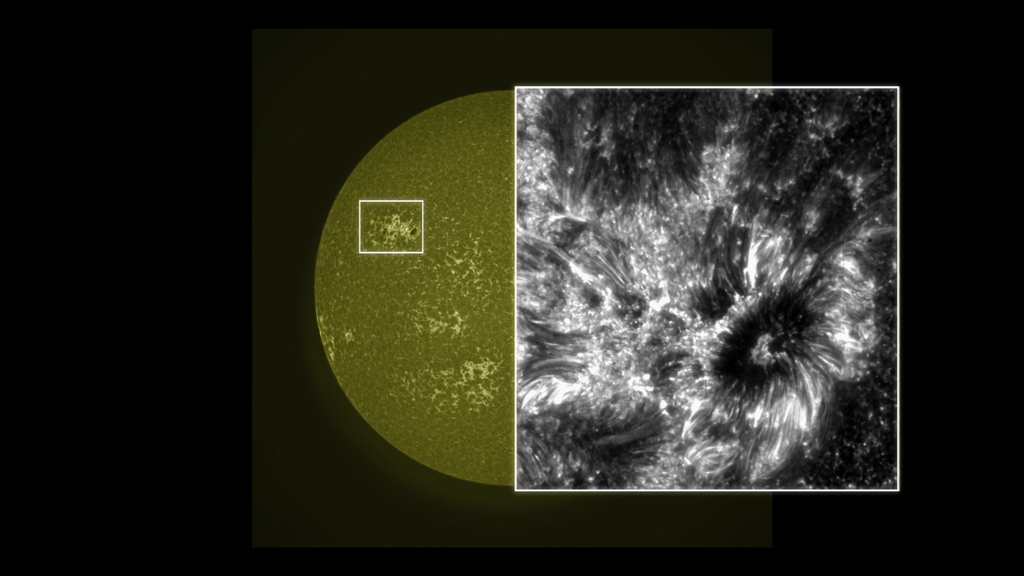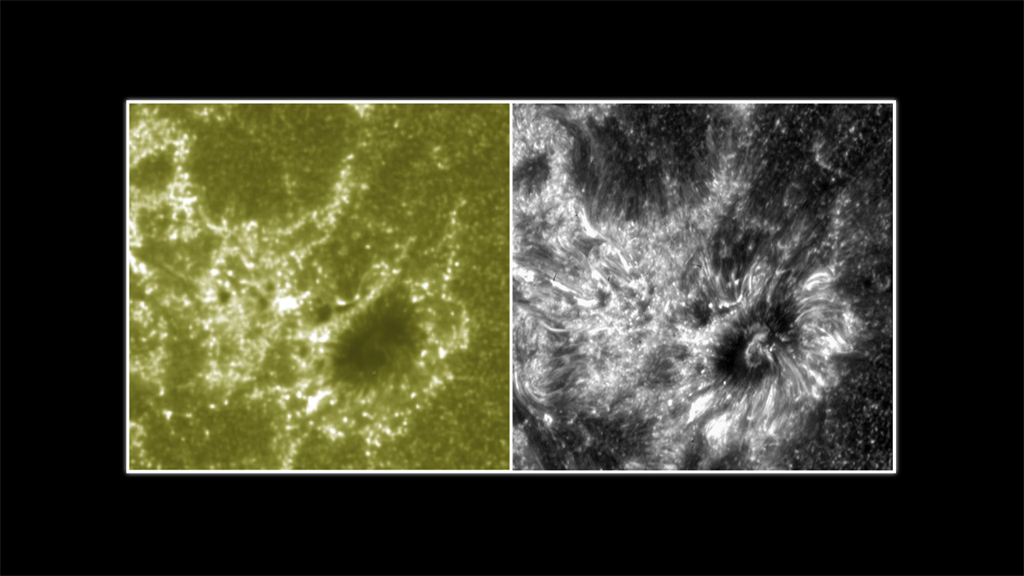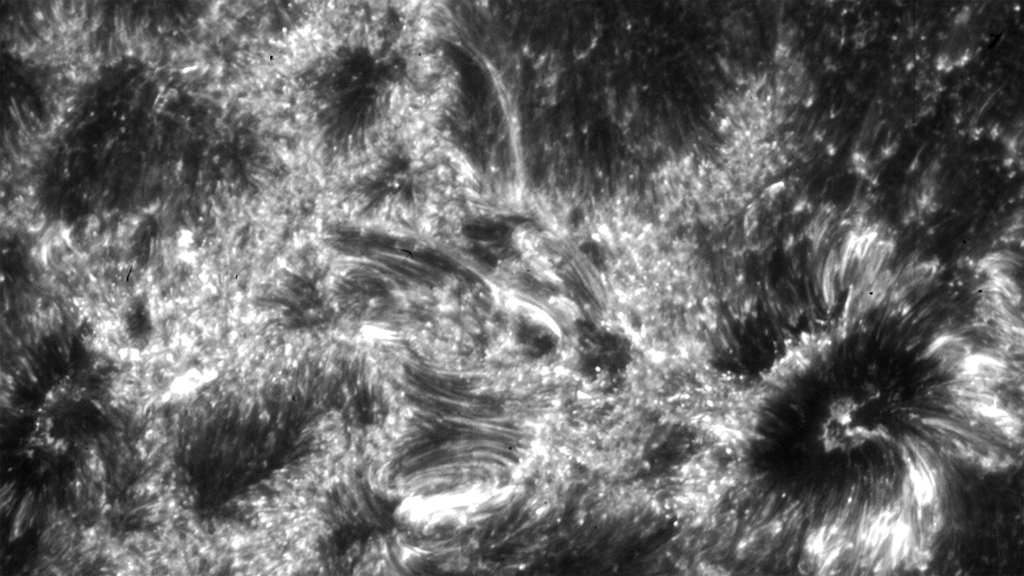NASA Spacecraft Sees Violent Solar Realm Beneath Sun's Surface (Photos, Video)

A writhing, violent region below the surface of the sun glows in a newly revealed video.
Scientists created the video (released on Feb. 6) using footage collected by NASA's Interface Region Imaging Spectrograph spacecraft (IRIS, for short). The probe is designed to peer below the sun's surface into the "interface region." You can watch a video of the new IRIS sun footage on SPACE.com.
"The spacecraft is designed to take high-resolution images of the interface region in unprecedented detail," NASA officials said in a statement announcing the video. "Such images will help scientists see how energy traveling through the region heats the sun's upper atmosphere to temperatures a thousand times hotter than the surface." [How NASA's IRIS Sun-watching Satellite Works (Infographic)]
By analyzing IRIS sun images, NASA scientists have found that the interface region of the sun is more violent than expected, and houses never-before-seen fine fiber-like structures, NASA officials said. Images of the sun used in the video were taken in July 2013.
Studying solar activity may help scientists on Earth learn more about how to protect the planet from potentially harmful solar weather, NASA scientists have said. Powerful solar storms can threaten satellites in space and astronauts living and working above the International Space Station.
"Understanding how energy and solar material move through the interface region could help scientists improve forecasts for the kinds of events that can disrupt Earth technologies," NASA officials said in a 2013 IRIS announcement.
IRIS launched to space in June 2013. The sun-observing spacecraft orbits Earth and is part of NASA's Small Explorer program that caps mission costs at $120 million.
Breaking space news, the latest updates on rocket launches, skywatching events and more!
The sun is currently in the peak of its 11-year solar cycle. Known as Solar Cycle 24, scientists have said that it is the quietest solar maximum in a century. The sun's quiescent solar maximum doesn't mean the star is completely quiet, however. The sun shot off a powerful X1.2-class solar flare about a month ago on Jan. 8.
The space agency also has a fleet of other sun-observing satellites in space now. Among them is the Solar Dynamics Observatory, which records high-definition images of the star's atmosphere. The Solar and Heliospheric Observatory — a project of both NASA and the European Space Agency — also monitors the sun's activity and has been operational for more than 15 years.
Editor's Note: This story was updated to reflect a correction on Feb. 12 at 3:55 p.m. EST. The original story incorrectly stated that the data used in the video was collected in June 2013. It was actually gathered in July 2013.
Follow Miriam Kramer @mirikramer and Google+. Follow us @Spacedotcom, Facebook and Google+. Original article on Space.com.

Miriam Kramer joined Space.com as a Staff Writer in December 2012. Since then, she has floated in weightlessness on a zero-gravity flight, felt the pull of 4-Gs in a trainer aircraft and watched rockets soar into space from Florida and Virginia. She also served as Space.com's lead space entertainment reporter, and enjoys all aspects of space news, astronomy and commercial spaceflight. Miriam has also presented space stories during live interviews with Fox News and other TV and radio outlets. She originally hails from Knoxville, Tennessee where she and her family would take trips to dark spots on the outskirts of town to watch meteor showers every year. She loves to travel and one day hopes to see the northern lights in person. Miriam is currently a space reporter with Axios, writing the Axios Space newsletter. You can follow Miriam on Twitter.



